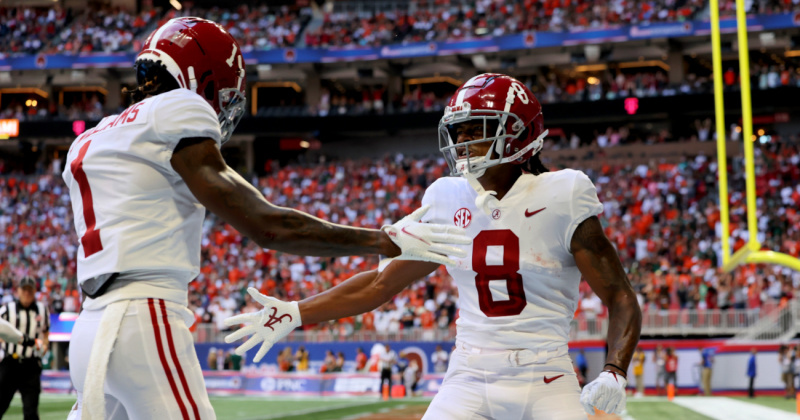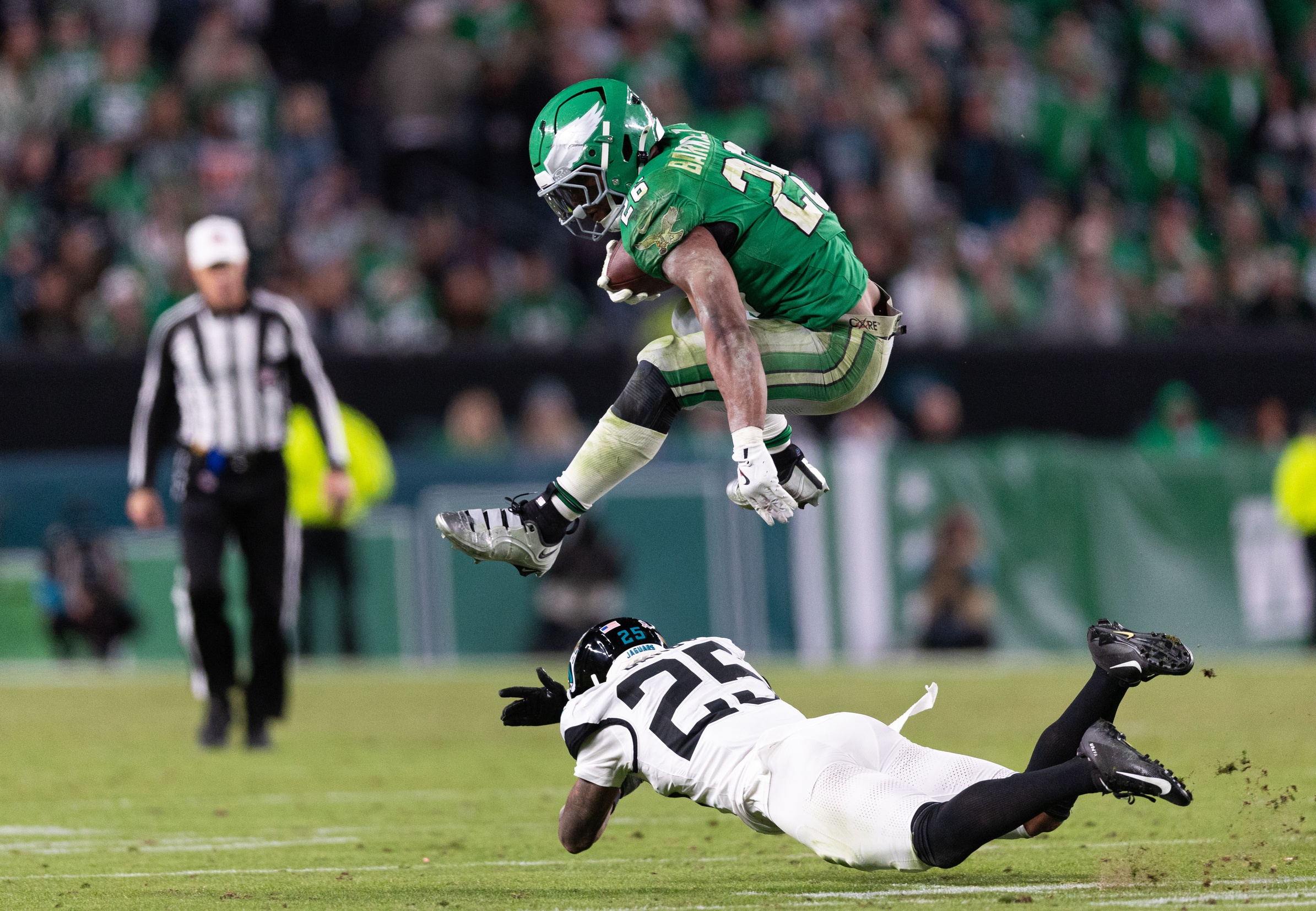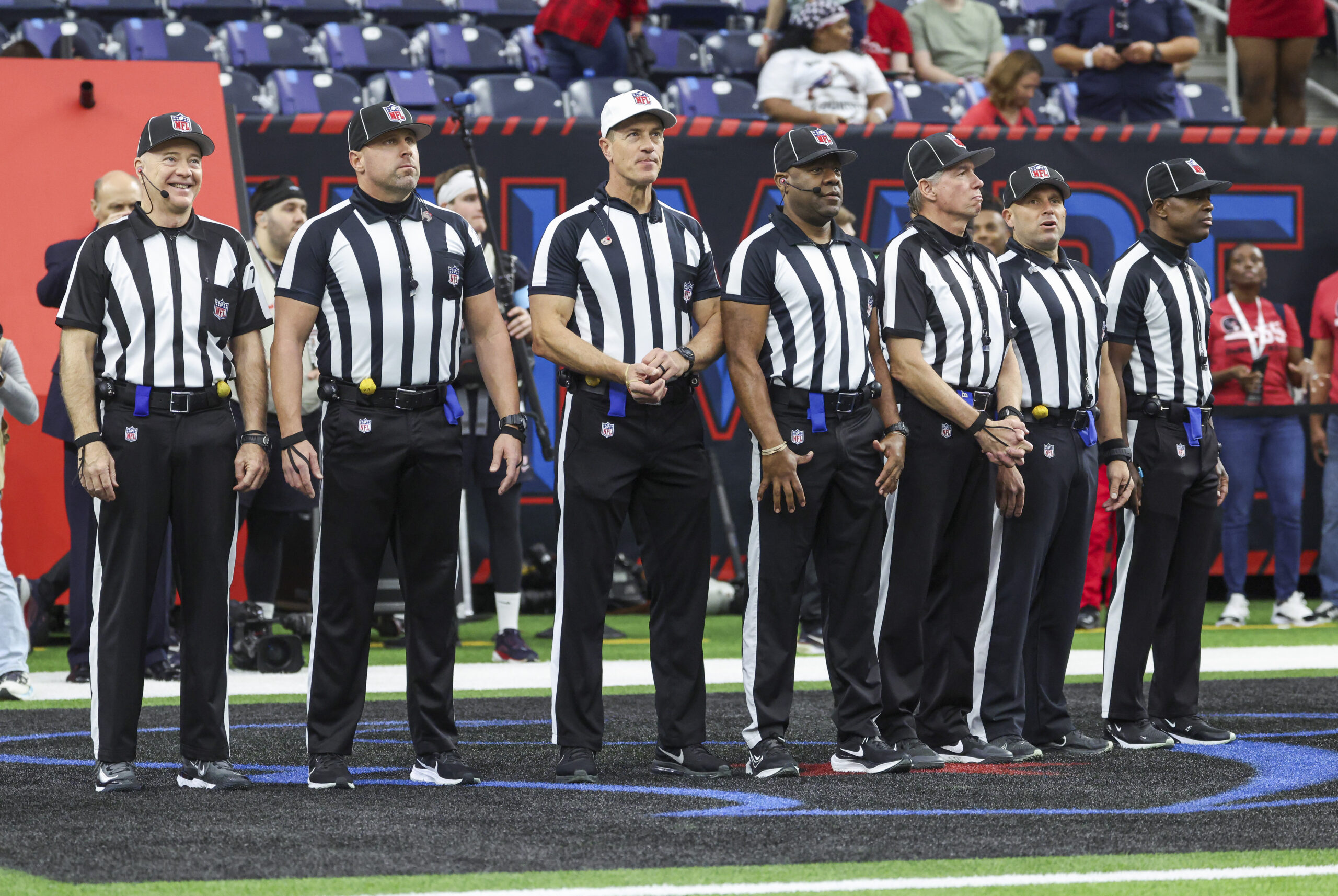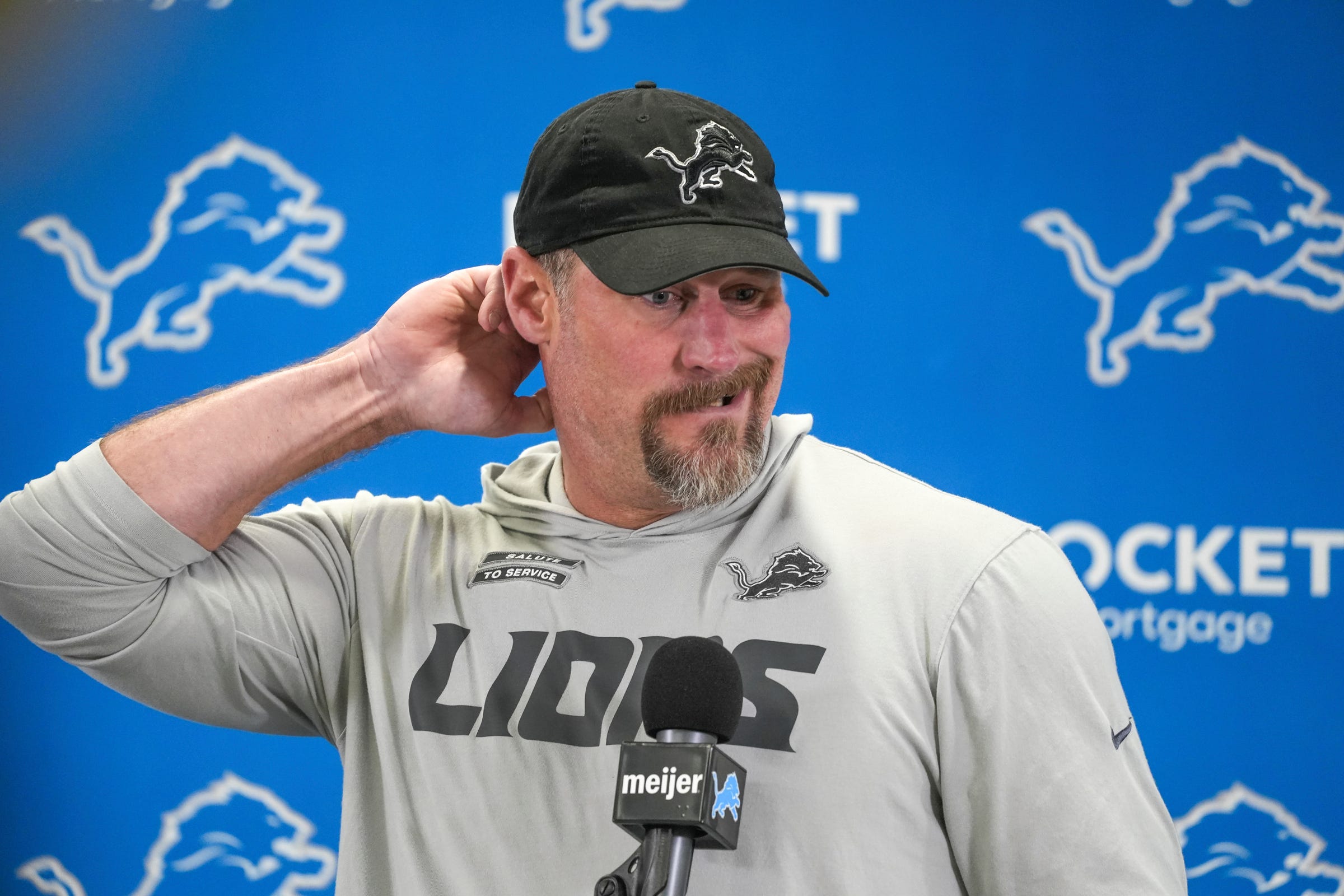Expert Analysis
4/23/22
5 min read
Sports Medicine Doctor on the Key Injuries of the 2022 NFL Draft

With the NFL draft right coming on Thursday, teams have finished up most of their player evaluations for this upcoming draft and have done their due diligence on the eligible players. One of the most important factors that weigh into scouting reports is a player's injury history. On this past week’s 33rd Team Wednesday Huddle, Dr. Jess Flynn gave her insight on some of the key injuries to some of the top players in the 2022 draft.
The wide receiver duo from Alabama, John Metchie and Jameson Williams, both tore their left ACLs during the latter half of the college football season. Metchie tore his in December and Williams tore his in January.
“Teams looking at these guys probably shouldn't expect them back in 5-6 months,” said Dr. Flynn. A better timetable for this duo would be “...an 8 month recovery… Athletes don’t do as well in their first season (back from ACL surgery) and of course with these guys transitioning to the NFL, it could be a little bit bumpier the first season. But both should be expected to play next season”
This puts the timetable for Metchie’s return to play around July or August and Williams’ timetable to return around August or September.
Georgia wide receiver George Pickens also tore his ACL in 2021, but he did so during spring training and it was a non contact injury. He had an 8 month recovery period and was able to return for the final 4 games of Georgia’s season.
“He’s closer to 100% than Metchie and Williams,” said Dr. Flynn. “An important thing for a guy like this is to look at if he needed more time to grow on the field last season? He missed a good part of his final college season.
LSU cornerback Derek Stingley Jr. had a Lisfranc injury and underwent surgery last October. Lisfranc injuries are more concerning for skilled position players because they impact a player’s quick change of direction abilities. In addition, athletes with Lisfranc injuries at the combine have been drafted lower and they play and start fewer games in their career. However, being able to participate in his pro day in early April while moving well throughout the workout was a good sign.
Dr. Flynn notes that it was “a big big deal for [Stingley Jr.] was that he was able to participate in his pro day…it would have been a much bigger concern if he wasn’t able to do so.” “Median return to play is 11 months for a Lisfranc injury, he’s ahead of schedule… The missed time is more of a durability question than a foot question.”
David Ojabo suffered a ruptured achilles at his pro day in March. The Michigan edge will have his rookie season impacted by the injury. Teams and fans should understand not every athlete can return in 5-6 months and perform like Cam Akers. However there is some positive news on the situation. New internal bracing techniques allow athletes to bear weight on the injury and start rehab sooner.
“One thing I would be concerned about on the Edge, is just that explosiveness… it is something that will hopefully come back to 100% but it’s going to impact him for at least the first few months of his season (when he returns),” Dr. Flynn notes.
Drake London suffered an ankle fracture-dislocation this past October during the 2021 season. The USC wide receiver was 95% at his pro day on April 15th.
“This is the same injury Jaylen Waddle had, this is not a red flag injury… this shouldn't hamper his rookie season as long as inside the joint looks healthy,” Dr. Flynn adds.
Clemson cornerback Andrew Booth Jr. had core muscle surgery in March and he missed both the combine and was unable to participate in Clemson’s pro day. This injury and surgery is not a major red flag injury.
“Expect him to be ready for OTAs,” Dr. Flynn concludes.
LSU linebacker Damone Clark had an MRI at the NFL combine which resulted in medical professionals finding that he had a herniated disk. Despite Clarke immediately having a discectomy with fusion, which has an average recovery to play of 9 months. Historical data suggests that athletes with pre-existing C-spine issues are less likely to be drafted, they play fewer games. Just 61% of linebackers with this injury got drafted compared to 100% who did not have this injury. However there is no significant difference in the number of starts and performance scores. Clarke’s draft position will likely fall due to the injury but he is still a talented player with the same upside he had prior to the injury.
“This one is the worst one (of the group)... There hasn’t been a case where an athlete has had a known cervical issue like this and has had a terrible outcome where they’ve taken one hit and suddenly that stable, chronic issue in the cervical spine becomes an emergency,” said Dr. Flynn.
“I think he’ll fall but I hope he finds a bottom on the second day (of the draft)... This type of an injury, athletes actually do pretty well with… It shouldn't have an impact on his mobility (directly after surgery) except obviously the head range of motion will be a little bit decreased (while recovering).”







